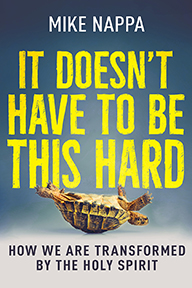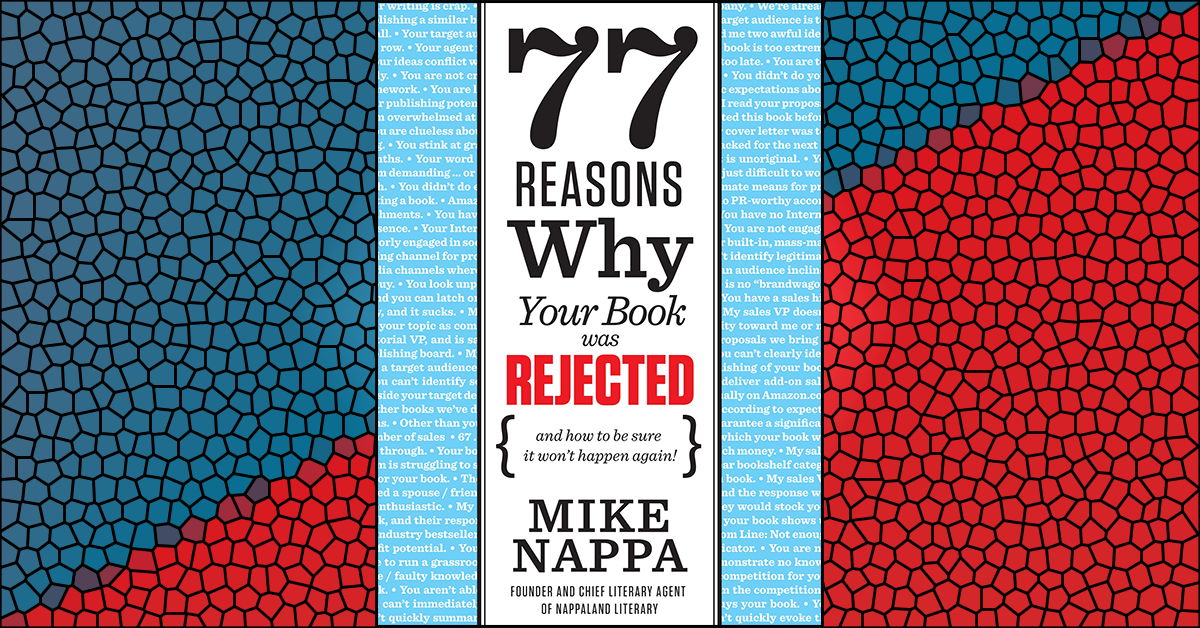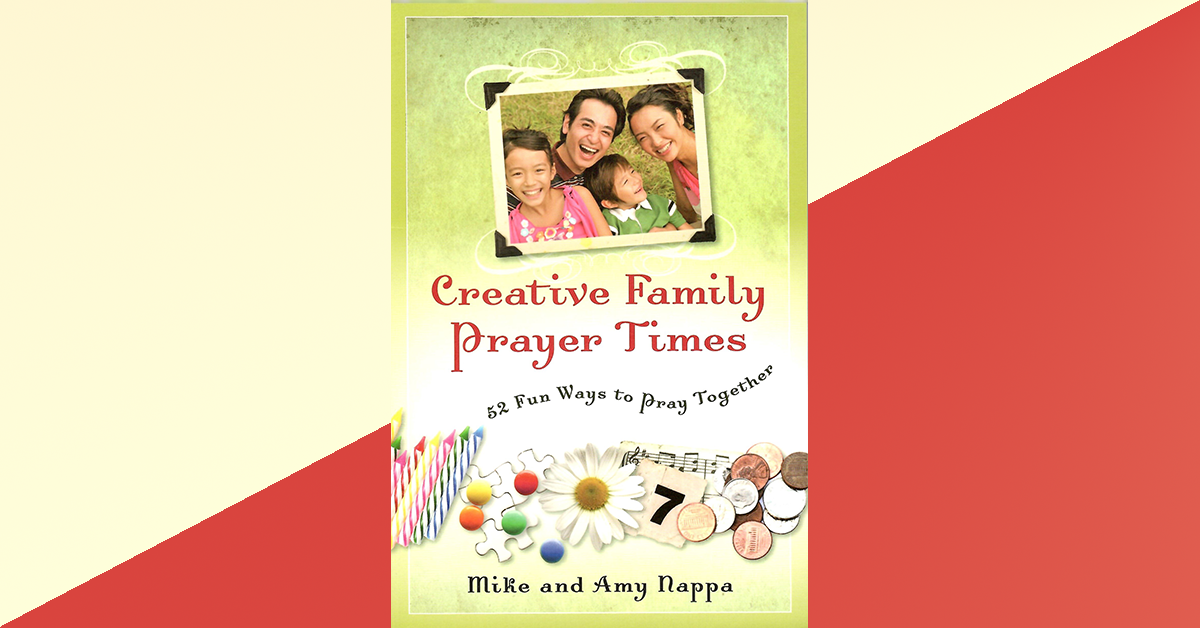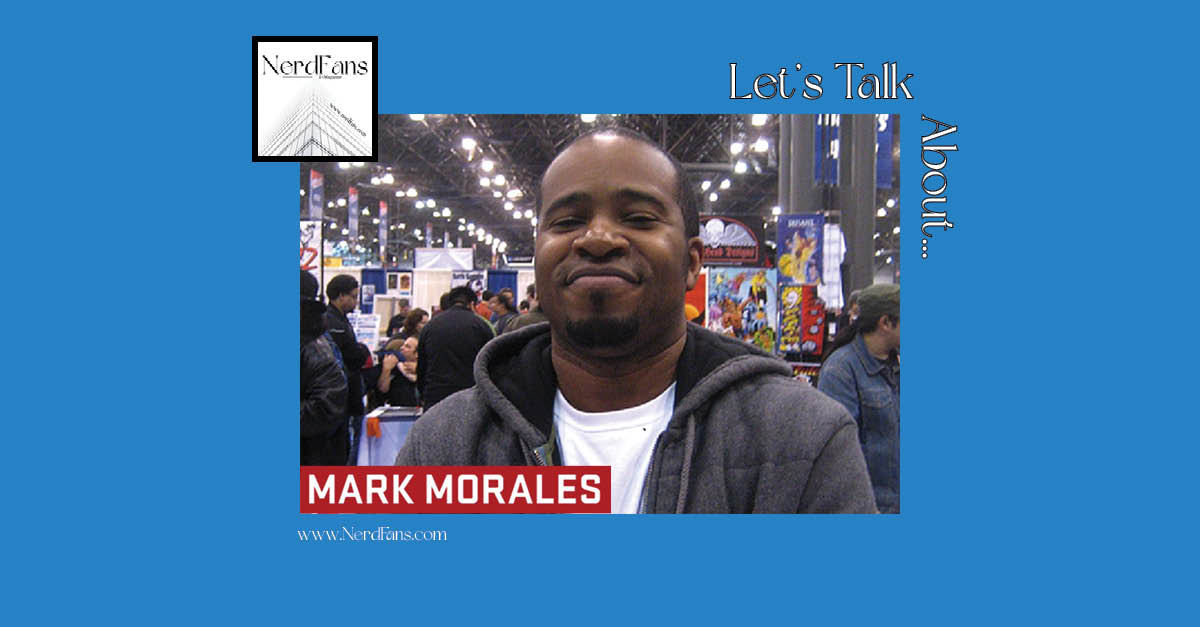An Editorial Team reason for rejection
OK, I’m not making this up.
One day I was sorting through the mail for Nappaland Literary Agency and I came upon a pitch from some now-nameless author. I opened the envelope and discovered it was a proposal for a book on the topic of abstinence.
Now, I’m all for abstinence as a means of safely managing a person’s sex life before marriage, but…this guy’s “guaranteed plan for celibacy” made me shudder all the way down to my man parts. His great idea?
Castration.
Yep, that was the message of his book. Guaranteed abstinence through voluntary castration. As far as this author was concerned, if young guys would just snip a few things off, there’d be no more problems like unwanted teen pregnancies, AIDS, or sexually transmitted diseases.
To which I could only say, “Brrwwrrr!”
I’ll tell you the truth, I never even responded to that nutcase. I simply tossed his little proposal into the recycle bin.
It was almost like a scene from the classic sitcom, Friends. In one particular episode, one of the main characters, Phoebe (played by Lisa Kudrow) goes out with a guy she met at the coffee shop. During dinner, she invites her date to tell about himself. “I write erotic novels for children,” he says with a smile. “They’re wildly unpopular.” Needless to say, our good Phoebe quickly rejected that would-be suitor, just as I’m sure he’d already been rejected by editors and agents alike.
The point is—as with a book on voluntary castration or pornographic novels for children—sometimes a proposal is rejected by an agent or editor simply because it’s too extreme in viewpoint or message.
For instance, if you want to write a book extolling the virtues of Adolf Hitler or Osama Bin Laden, you’re going to have a hard time finding a publisher. If you think there should be a book stating that incest is an inalienable right for Americans, or if you want to write a nonfiction treatise explaining why you’re certain that the President of the United States is actually a futuristic robot controlled by aliens in the year 2421…Well, you can guess which recycle bin those book proposals will end up filling.
After all, nobody really wants to pay you for a book that demands testicle removal as a lifestyle choice. Got it?
What You Can Do About It
1. Don’t assume all of your nutty ideas deserve to be in print.
Honestly, we all have nutty ideas from time to time. For example, I once thought a book of tear-off, iron-on T-shirt designs was a surefire winner. I look at my notes on that proposal now and I can’t believe I actually sent that out to publishers. So, you know, everybody has less than stellar ideas from time to time. (Yes, that of book continues to be unpublished.)
Just because you feel passionate about some extreme viewpoint doesn’t mean you should pursue publication of that idea—especially if you’re still trying to build your reputation as a writer. Just put that extreme idea in a file cabinet somewhere and move on to something that’s more likely to have success.
And hey, look at the bright side. If you ever do hit the big time as an author, you can use your newfound status (and money) to publish all the extremist literature you want. But for now? Just let it go, friend, let it go.
2. Try fiction.
If you feel strongly about publishing an idea that is just obviously too extreme for most people, try couching that idea in a fictional story. Sometimes that approach can even deliver more impact and literary strength than nonfiction (for instance, George Orwell’s Animal Farm or William Golding’s Lord of the Flies). Plus, it gives you the freedom to manipulate the circumstances of the story to fit your desired outcome and make your extreme ideas seem both normal and progressive.
Sure, fiction like this is mostly propaganda (Avatar anyone?), but it can also reach a broad audience and give you a creative outlet to experiment with your ideas. So, you know, if you must write extremism, fiction could be a good place to start.
3. Try writing from a more balanced perspective.
Honestly, Americans tend to be an open-minded bunch. We’ll consider just about any wacky viewpoint as long it isn’t presented as an exclusive, all-or-nothing perspective. So consider publishing a book that explores multiple viewpoints on your given topic—and include your pet perspective with appropriate force and thought as one of the possible options.
For instance, if Mister Castration Guy above were to publish a book called “Four Views on Abstinence,” he might actually have a chance of seeing that in print. Then, as long as he dealt fairly with other views, he could easily include his extremist view as one option in the book. Most people wouldn’t object to that.
What’s more, if you are open-minded enough to talk about other viewpoints in the context of your extremist view, you may actually grow as a person. It may not change your perspective, but at least it’ll give you insight into other people’s perspectives—and increase your publishing potential at the same time.
Looking for more? Check out these links:








